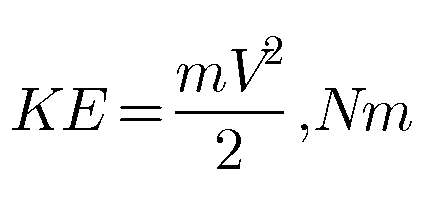The total number of subsets of a Finite Set containing n elements is 2ⁿ
We will discuss later in permutation and combination chapter in brief.

Energy in a state Stored energy is the energy possessed by a system. Stored energy in the system is called energy in a state. It is associated with a state. It change depends only on the end states of the process and not on the path of…
Function as a set of ordered pairs Let A and B be two non-empty sets. A relation f from A to B i.e a subset of A × B is called a function (or a mapping or a map) from A to B, if i) for each a ∈ A there exists b ∈ B…
Intersection of sets Let A and B be two sets. The intersection of A and B is the set of all those elements that belongs to both A and B. See in Fig(v) shaded region show A∩B We denote A intersection B by notation “A ∩ B” Thus A∩B = { x : x ∈…
Reversible and Irreversible processes A process which can be reversible i.e., operated in opposite direction from any state during the process such that the system returns to its initial state and their may be no effect on the surroundings. Thus at the end of the process both the system and…
Range of relation Let R be a relation from a set A to a set B. Then the of all second components or coordinates of the ordered pairs belonging to R is called the range of R. Thus, Range of R = { b : (a, b) ∈ R} Clearly, range of R ⊆ B…
Difference of sets Let A and B be two sets. The difference of A and B written as A – B, is the set of all those elements of A which do not belong to set B Thus A – B={ x : x ∈ A and x ∉ B} or A – B={ x…